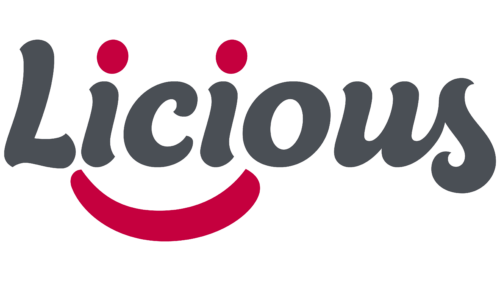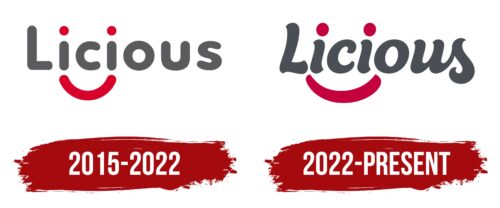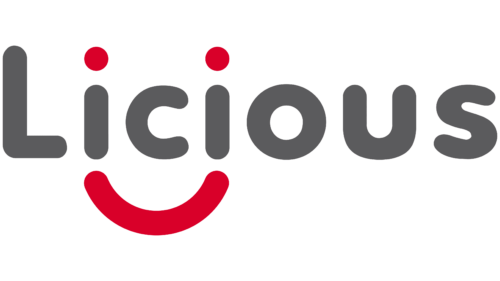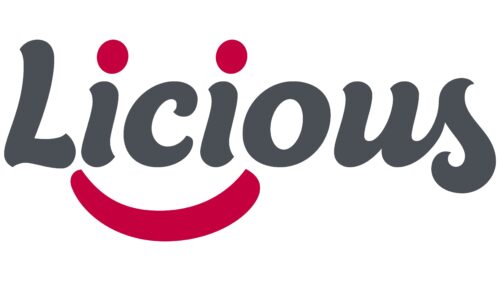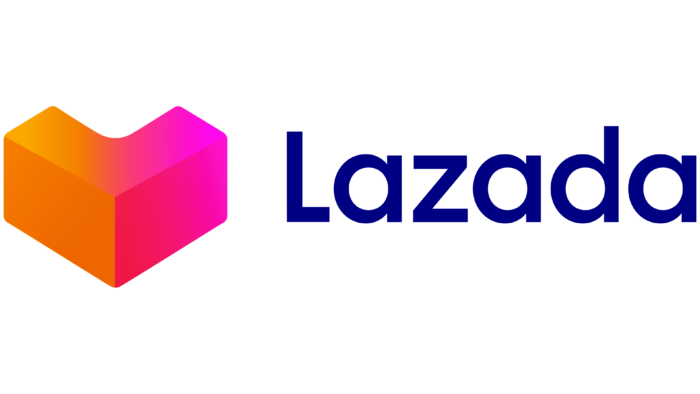The Licious logo symbolizes freshness, quality, and the joy of food, reflecting the brand’s core mission to offer consumers high-quality meat and seafood. The emblem’s bright and friendly design emphasizes the company’s focus on delivering fresh products that make every meal special.
Licious: Brand overview
The story of Licious began in Bangalore, India, in 2015, with two tech and management-savvy entrepreneurs, Abhay Khanna and Vivek Gupta. Their struggles to find high-quality meat and seafood in India inspired them to start the company.
Khanna and Gupta noticed that the Indian market was largely unorganized, with poor sanitary conditions and a lack of transparency in the supply chain, despite the growing demand for meat products. They created a business offering premium, freshly cut meat, and seafood while maintaining complete control over the supply chain from farm to table.
In its early months, the company focused on building a robust supply chain and enforcing strict quality standards. Significant investments were made in developing a cold chain to ensure freshness throughout delivery.
2016 was a pivotal year for the business. It opened its first processing facility in Bengaluru, where meat and seafood were prepared under stringent hygiene standards. This move gave the company full control over product quality throughout production. That same year, they secured $1 million in funding from 3one4 Capital and Mayfield India, enabling expansion and enhancement of the technology platform.
In 2017, the brand expanded its product offerings by introducing marinated meat and ready-to-cook items, catering to modern urban consumers looking for quick and easy meal solutions. Launching a mobile app provided customers with even more convenience when ordering.
By 2018, the company had expanded beyond Bengaluru, establishing a presence in Hyderabad and New Delhi, which allowed for a growing customer base and a stronger market position. That same year, they raised $25 million in a Series C funding round, accelerating growth and infrastructure development.
The expansion continued in 2019, with entry into the markets of Pune and Mumbai. A new line of ready-to-eat snacks and spreads further diversified the product range. Additionally, the brand opened its first physical store in Bengaluru, marking a significant step toward implementing an omnichannel strategy.
Despite global challenges, 2020 was a year of significant growth. The company quickly enhanced its safety and hygiene protocols across all operations to adapt to the changing market conditions. A new product category, ready meals, was launched in response to the growing demand for convenient at-home meal options.
In 2021, the company achieved a major milestone by securing $52 million in funding, becoming India’s first Direct-to-Consumer (D2C) food company to reach unicorn status. This achievement highlighted the success of its business model and potential for continued growth. That same year, the brand expanded its presence to several Indian cities, including Chandigarh and Jaipur.
2022 was marked by continued innovation and expansion. In response to the rising trend of veganism and vegetarianism, a new line of plant-based meat substitutes was introduced. The company also partnered with major online marketplaces to further strengthen its position in the e-commerce sector.
By early 2023, the business had established itself as a leader in India’s fresh meat and seafood market. Continued investment in optimizing the supply chain, developing new products, and enhancing the technology platform remained a priority.
The company faced numerous challenges throughout its journey, including changing consumer behavior, logistical issues related to Indian infrastructure, and maintaining high-quality standards while rapidly expanding. However, these obstacles were successfully navigated by focusing on innovation, product quality, and customer satisfaction.
The story demonstrates how a startup can revolutionize a traditional market by leveraging technology and stringent quality control. From its humble beginnings in Bangalore, the company has become a market leader, transforming how Indian consumers view and purchase meat products.
Meaning and History
What is Licious?
Founded by Abhay Khanjura and Vivek Gupta in 2015, Licious is a leader in the online meat and seafood marketplace. Headquartered in Bangalore, this e-commerce platform offers a wide range of premium products including seafood, meat, convenience foods and ready-to-eat meals. With its convenient delivery service, Licious is a favorite choice of shoppers who want a delicious meal without the hassle.
2015 – 2022
2022 – today
The logo of Licious, an Indian online store specializing in selling and delivering meat and seafood, draws attention with its warmth. It’s friendly and seems to wink at you, creating the feeling that you’ve come to a place where you’re always welcome. The emotional focus in the emblem is on the smiley face formed by the two dots above the letters “i” in the word “Licious”—these are the eyes, and the line beneath them is a smile formed by an arc. This smiley evokes the pleasure of enjoying something tasty and delightful.
The burgundy color used for the smiley stands out from the predominantly gray palette, making it the focal point. This color is associated with richness, warmth, and even a touch of luxury, which is quite fitting for a brand that delivers fresh, high-quality products.
The word “Licious” is written in a smooth, rounded font, giving the brand’s logo a light and easygoing feel. Each letter carries a sense of special care as if they were hand-drawn with love and attention to detail. The small flourishes at the ends of some letters add a playful touch to the logo.
